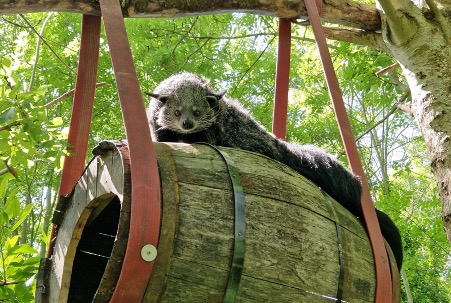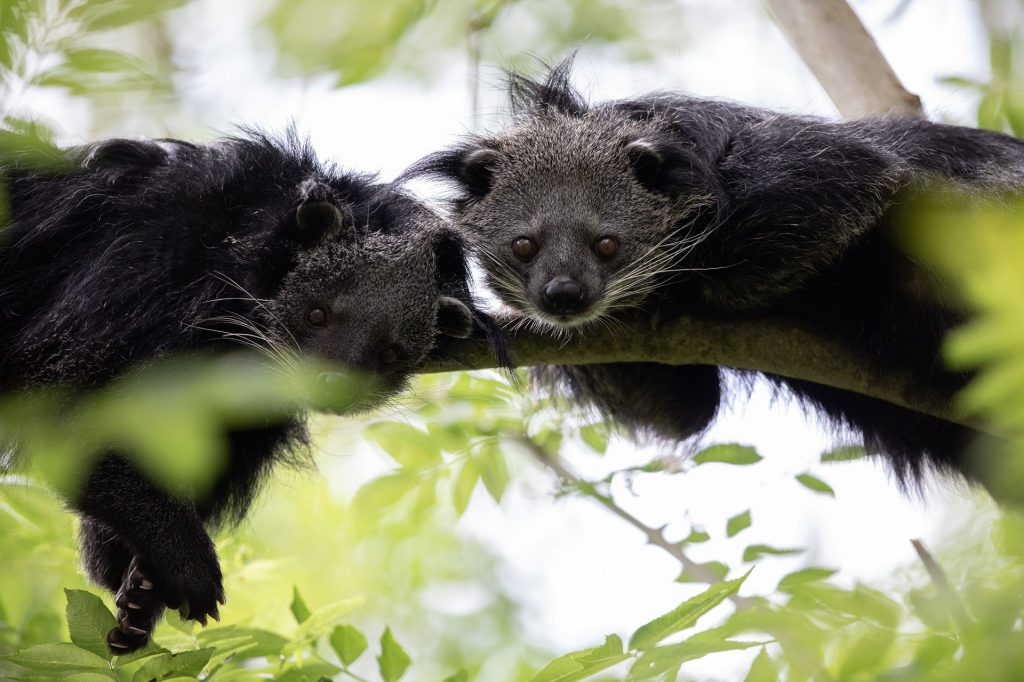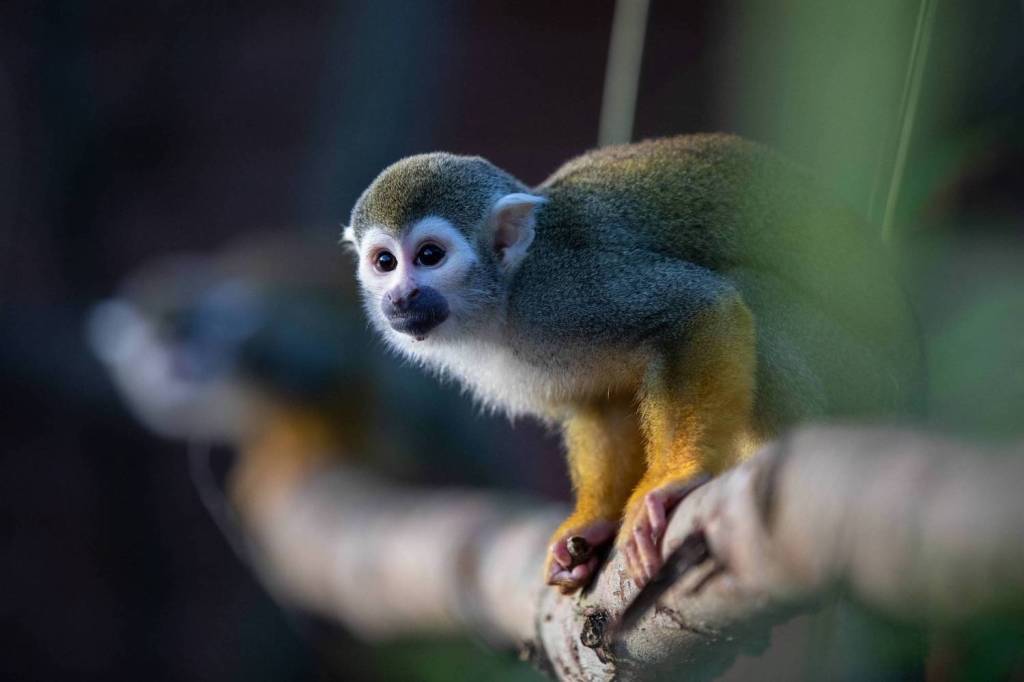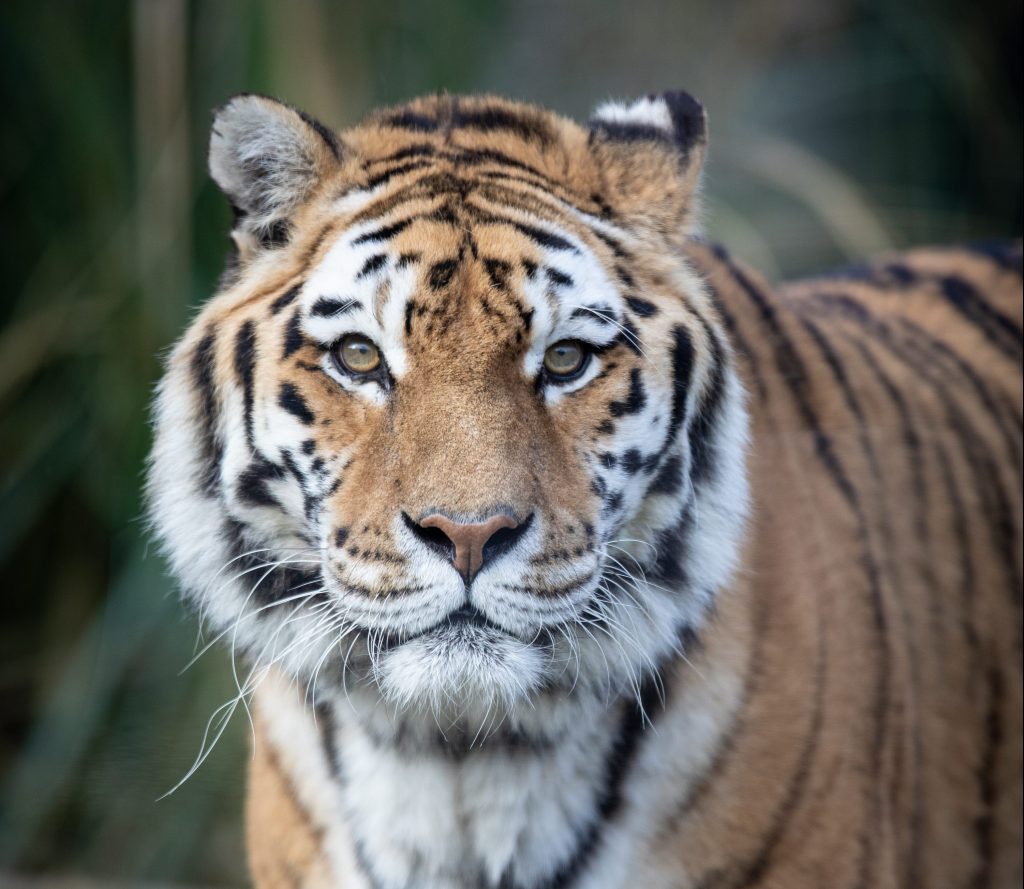
Popular Searches

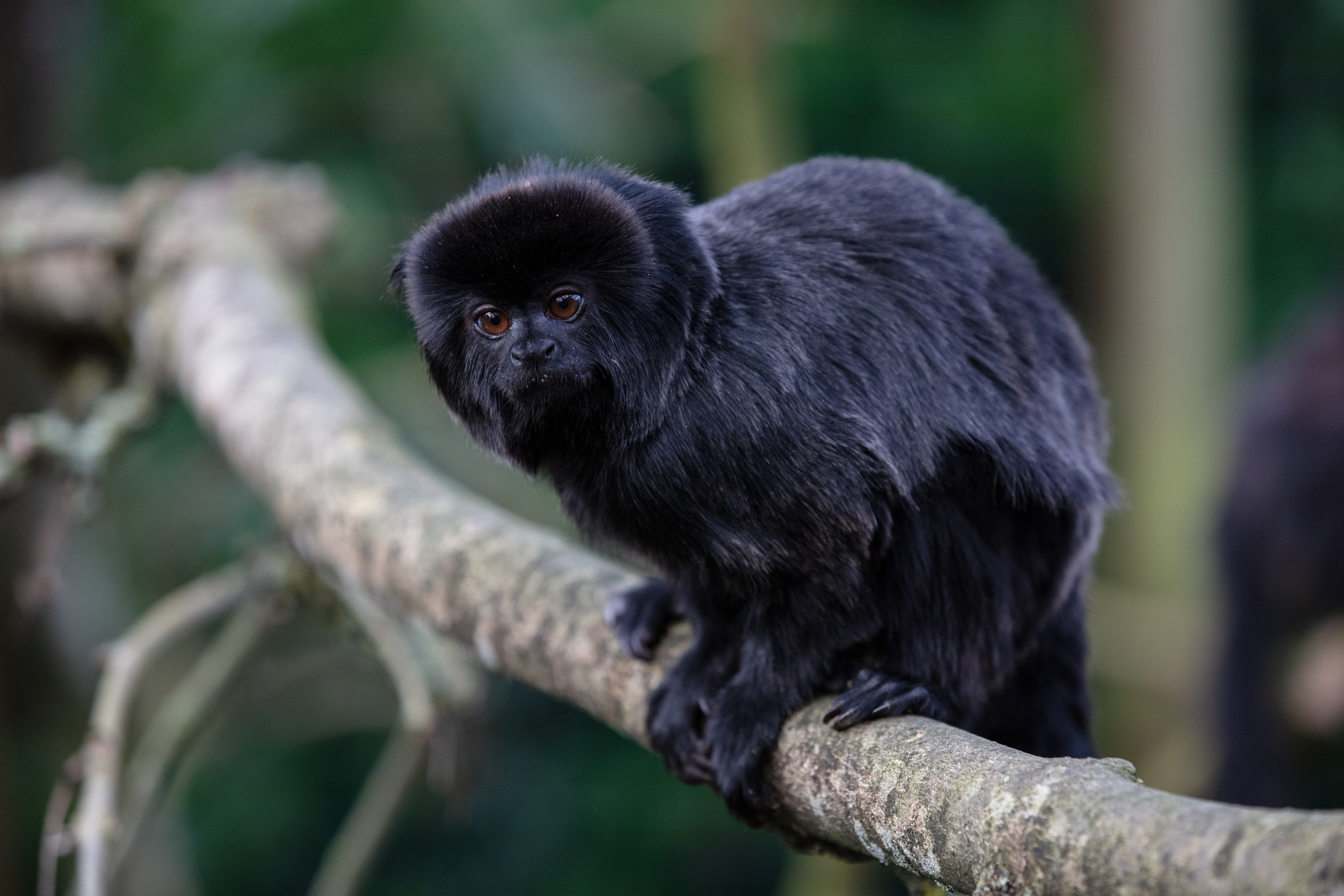
Zoo News – 2023 so far
It has been a busy few months for both the keepers and animals at Emerald Park! We have welcomed some new animal arrivals and unfortunately had to say goodbye to some long-term residents along the way. Our zookeepers were delighted to welcome guests back through our doors in March, and our rebrand to Emerald Park also brought a fresh look and feel into our zoo.
Births
Goeldi’s Monkey
At the beginning of March, before our reopening, keepers noticed that a female Goeldi’s monkey Rue, was beginning to gain weight and her abdomen was becoming quite rounded. Although our zookeepers had not witnessed any mating, it was suspected that we would soon have another Goeldi’s monkey in our troop! Keepers monitored Rue closely and the Goeldi’s diet increased to allow Rue to have some extra feed during her gestation (pregnancy). Keepers’ suspicions were confirmed on 28th March when a male baby Goeldi’s was born. Named Rodrigo, he lives with his mother Rue, father Rocco, and big brother Rico here at our zoo.
Baby Goeldi’s are carried by their mother for the first 2-3 weeks of their life, and she is their primary caregiver. After this time, the father and other members of the troop help carry the infants, with infants going back to their mother for feeding. Goeldi’s monkey are listed as “Vulnerable” by the IUCN (International Union of Conservation of Nature) and Emerald Park is part of an EEP (European Endangered Species Breeding Programme).
To find out more about Goeldi’s monkeys and species conservation efforts, speak to our zookeepers on your next visit to Emerald Park or check out our website.
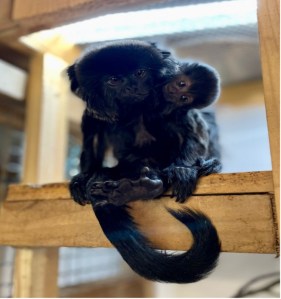
📸 Zookeeper Siobhan
Edwards Pheasant
After a 25-day incubation period, an Edwards pheasant successfully hatched a chick at the end of April. Edwards pheasants are listed as “Critically Endangered” by the IUCN, with wild population numbers of mature individuals between 49 and 250. Edwards pheasants are also known as Vietnam pheasants. The breeding behaviours of the Edwards pheasant are unknown in the wild and so breeding strategies are determined by the observations of zoo populations. Mating occurs in early spring with eggs laid at the end of March. Hens will typically lay a clutch of 4-6 eggs and incubation is 21-23 days long. The female chick who is now 6 months old will soon move to another zoo as part of the breeding programme for this Critically Endangered species.
New arrivals
There was great excitement amongst our keepers as they welcomed some new animals to our collection.
Squirrel monkeys
The end of 2022 and the beginning of 2023 saw the introduction of 6 new squirrel monkeys to our original group of two, ‘Ben and Tom’. Three males arrived in October 2022, and one male and two females joined us in February 2023, from two different zoos within Europe. Introductions between the groups went very well.
Did you know…
Squirrel monkeys urinate on their hands and feet, this is believed to be done as a form of scent marking so when they travel through the forest, they leave their scent along branches in their territories. It is also believed that this may be done as a form of thermoregulation (helping to cool themselves down on warm days).
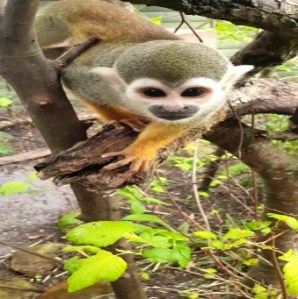
📸 Zookeeper Craig
Binturong
A 2-year old male binturong, Kumo, arrived to our park from a French zoo in February of this year, and a 3-year old female, Dora, moved from a Spanish zoo at the end of April. Both Kumo and Dora are here as part of an EEP breeding programme. Binturongs are often known as “bear cats” but they are neither part of the bear or cat family, they are most closely related to civets and genets and are in the same family known as viverridae.
Did you know…
Female binturongs are one of only few mammals that can experience embryonic diapause (delayed implantation), which allows the female to time the birth of her young. This means that mating can take place at any time of the year, because the female can control when her babies are born. Other mammals who can experience delayed implantation include kangaroos and giant pandas. Binturong gestation lasts approximately 90 days, and females usually give birth to 1-2 young but can give birth to up to 6 babies. Baby binturong are called ‘cubs’ or ‘bintlets’.
Heartfelt goodbyes
It was the end of an era at the park as Penny, our female ring-tailed coatimundi, moved on to another Irish zoo in April. We unfortunately had to make the difficult decision to euthanise our other resident coatimundi, Ricky. This decision was based on compassionate grounds. Ricky had been at the park since our opening back in November 2010, but unfortunately, had a worsening degenerative condition; spondylosis and arthritis in his back legs. As a much-loved species by our zookeepers and guests, both coatimundi’s are sadly missed, and it took some time for the keepers to get used to not working with this charismatic and curious species. Keepers were however, delighted to hear stories of how well Penny is getting on at her new zoo and seeing pictures and videos of her enjoying her new enclosure and getting on with her new enclosure mate.
International Tiger Day
On Saturday, 29th July, zookeepers and the discovery and learning team, celebrated International Tiger Day .
Check out https://conservewildcats.org/ to find out about the work the charity ‘Wild Cats Conservation Alliance’ does for tigers and leopards in the wild. Emerald Park has supported and donated to this charity for over 10 years.
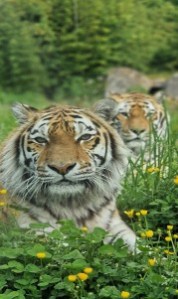
Bira (front) and Khan
📸 Zookeeper Anthony
Don’t forget to check back regularly for zoo news updates!
The Emerald Park Zoo Team



